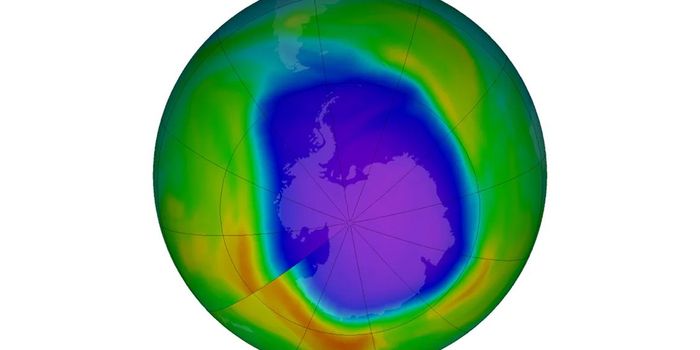The dirty link between abandoned coal mines and methane emissions
According to new research presented at the annual meeting of the American Geophysical Union recently, coal mines release as much as 50% more methane into the atmosphere than estimates had previously thought. These findings were presented by a team of collaborators from the U.S. Department of Energy's Pacific Northwest National Laboratory and the U.S. Environmental Protection Agency.

Although carbon dioxide is the greenhouse gas that gets the most press, methane is just as much, if not more, concerning than CO2 because of its potency. Over a 20-year duration, methane has a global warming potential (GWP) 84 times greater than CO2. Methane’s GWP falls over time, making it so that over a 100-year time frame, it is reduced to 28. But still – not great.
Because of this, scientists have taken an interest in documenting all the major sources of methane emissions. Some sources like wetlands are natural. Others, like agriculture and oil and gas extraction, are anything but. Now researchers say that coal mining is another major source and should cause more alarm than it previously has.
Chief author Nazar Kholod, a scientist at the Joint Global Change Research Institute, explains that the issue arises from old, abandoned mines that have leaks. Kholod says that while closed mines are flooded (with the water preventing leaks over a period of seven years), abandoned mines are not flooded, resulting in methane leaking into the air.
"As more coal mines close, the share of coal mines that have been abandoned but are still emitting methane will increase," said Kholod.
The authors are ready to admit that data on abandoned coal mines and resulting methane emissions are few and far between. The team relied on data from the United States and Ukraine. They report that in Ukraine in 2015, all abandoned mines were flooded, while in the US that year only about one-third of abandoned mines were flooded.
Another finding from the group’s research revealed that methane emissions are also on the rise due to the increasing depths of mines. According to their findings, coal from mines that reach over 400 meters deep contains double the amount of methane compared to coal from shallower mines (less than 200 meters deep). The team says that newer mines are being dug deeper and that while coal mining is on the decline in parts of the world like Europe and the US, Southeast Asia and India are seeing a steady rise in coal mining and a subsequent rise in methane emitted from coal mines.
The researchers warn that if we continue under the “business as usual” scenario of climate change, methane emissions as a result of coal mining will increase almost eightfold by the end of the century from abandoned mines and four times what they are from working mines. On the other hand, if we implement aggressive climate change climate policies, methane emissions from abandoned mines would be about the same in 2100 as 2020, while methane from working mines would be cut in half.
Sources: American Geophysical Union, Eureka Alert








